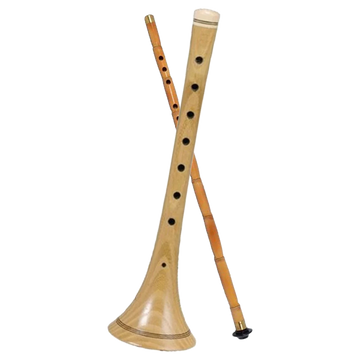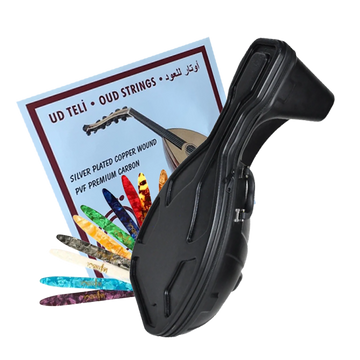How to Change Oud Instrument Strings: A Step-by-Step Guide
Changing oud instrument strings can seem daunting, but it's actually quite simple with the right tools and guidance. In this article, we'll walk you through the steps to change oud instrument strings, from removing the old strings to tuning the new ones. Whether you're a beginner or a seasoned player, this guide will help you keep your oud sounding its best.
Why Change Oud Strings?
Over time, oud strings lose their tone and become harder to tune. They may also break or wear out from frequent use. Changing your oud strings can bring back the instrument's original sound and make it easier to play. It's recommended to change the strings every 3-6 months, or whenever they start to sound dull or feel rough to the touch.
Tools You'll Need
Before we get started, gather the following tools:
- Oud strings
- String winder
- Wire cutters
- Pliers
- Tuner
Step-by-Step Guide to Changing Oud Strings
Step 1: Remove the Old Strings
To remove the old strings, follow these steps:
- Loosen the string by turning the tuning peg counterclockwise with the string winder.
- Once the string is loose, use pliers to grip the end of the string and pull it out of the tuning peg.
- Repeat this process for all strings.
Step 2: Clean the Oud
Before installing new strings, take the time to clean your oud. Use a dry, soft cloth to wipe down the entire instrument, removing any dust or debris. This will help prevent any buildup from affecting the sound quality of your new strings.
Step 3: Install the New Strings
To install the new strings, follow these steps:
- Begin with the thinnest string, which is usually the first string.
- Insert one end of the string into the corresponding hole in the tailpiece, pulling it through until it's snug.
- Thread the other end of the string through the hole in the tuning peg and pull it through until it's taut.
- Use the string winder to tighten the string, turning the tuning peg clockwise until the string is in tune.
- Repeat this process for all strings.
Step 4: Tune the Oud
Once all strings are installed, it's time to tune the oud. Follow these steps:
- Use a tuner to ensure each string is tuned correctly.
- Tighten or loosen each string with the string winder until it's in tune.
- Play each string individually to ensure it sounds clear and in tune with the others.
Step 5: Stretch the Strings
Finally, it's important to stretch the strings to prevent them from slipping out of tune. Follow these steps:
- Gently pull each string away from the fingerboard, stretching it slightly.
- Tune the string again with the string winder.
- Repeat this process several times until the string stays in tune.
Conclusion
Changing oud instrument strings is a straightforward process that can greatly improve the sound and playability of your instrument. With these step-by-step instructions and the right tools, you'll be able to change your oud strings like a pro in no time.
FAQs
-
How often should I change my oud strings? A: It's recommended to change your oud strings every 3-6 months or whenever they start to sound dull or feel rough to the touch.
-
Can I reuse old oud strings? A: It's not recommended to reuse old oud strings, as they may have lost their tone and elasticity.
-
Can I change one string at a time? A: Yes, you















